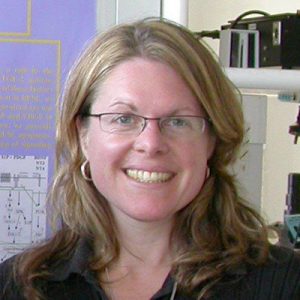
In multiple sclerosis there is an inflammatory attack against myelin, the protective fatty sheath around nerve fibres (axons). Myelin is produced by specialised support cells in the central nervous system, known as oligodendrocytes.
Death of oligodendrocytes is a commonly observed element in MS lesions. Although the body attempts to recruit new oligodendrocytes to repair the damaged area, this process is still inefficient and often incomplete, resulting in progressive neurodegeneration. One possible therapeutic approach is to transplant oligodendrocytes into the patient to attempt remyelination of the nervous system. The ideal would be to use the patient’s own cells for transplantation, to avoid rejection of the new tissue by the immune system.
Recent developments in the area of stem cell research have resulted in systems for generating stem cells from human tissue. These cells, known as ‘iPS’ cells, have the potential to become any cell type of the body, similar to the potential of human embryonic stem cells (hESC). iPS cells are made in the laboratory by reprogramming specialised adult cells, for example skin cells, so that they function as stem cells capable of generating other types of tissue, such as brain.
Therefore techniques developed for hESC to generate specific cell types of the body, can now be also applied to iPS cells. Dr Dottori and her colleagues have recently developed a reliable method for generating an immature type of oligodendrocyte from hESC.
They will now test the functionality of these cells to examine if they can myelinate nerves in cells grown in a laboratory dish. This will then also be tested in oligodendrocytes derived from iPS cells. These experiments are the first essential steps needed to examine the possibility of transplanting human cells for treating MS.
Updated: 30 June 2013
Updated: 03 January, 2012

